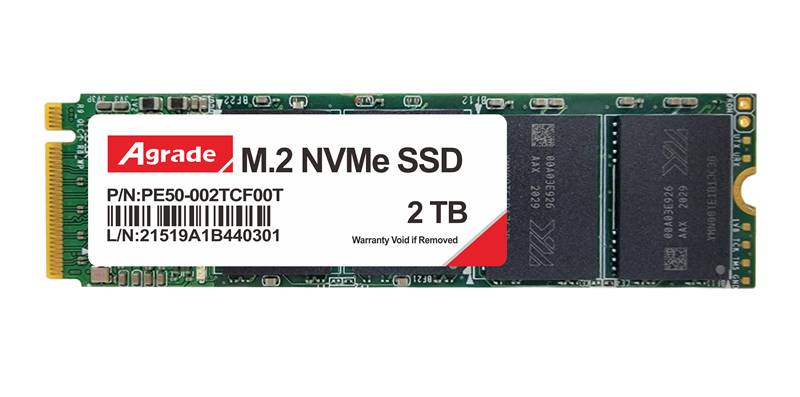

News
 电商部
电商部  2025-09-12 18:06:02
2025-09-12 18:06:02 NVMe Solid State Drive: Deep Exploration of Energy saving Sleep Function
With the rapid development of technology, NVme solid-state drives (Non Volatile Memory Express SSDs) have gradually become the mainstream choice in the field of data storage. Its high-speed data transmission speed, excellent performance, and low power consumption have won the favor of a large number of users. However, for many users who are concerned about energy efficiency and device lifespan, whether NVme solid-state drives support energy-saving sleep function has become a key issue.

In fact, NVme solid-state drives do support energy-saving sleep function, which is mainly achieved through their built-in power management mechanism. The NVme protocol defines multiple power states, ranging from PS0 (full speed state) to PS5 (deep sleep state), which allow the hard drive to intelligently adjust power consumption in different usage scenarios. When the hard drive is idle or under low load, it can automatically switch to a lower power consumption power state to achieve energy-saving purposes.
In the energy-saving sleep mechanism of NVme solid-state drives, APST (Active Power State Transition) and ASPM (Active State Power Management) are two key technologies. APST allows the hard drive to actively switch from PS0 state to PS3 or PS4 sleep state after a period of no read/write activity, in order to reduce power consumption. ASPM is an energy-saving feature provided by the PCIE bus, which can automatically negotiate the energy-saving status of the PCIE link at the hardware level during the working gap time of the hard disk, further reducing power consumption.
It is worth noting that there may be differences in the implementation of energy-saving sleep function among different NVme solid-state drives. Some high-end original NVme SSDs, such as Toshiba RC100, have excellent support for APST and ASPM, which can achieve significant cooling effects after turning on energy-saving mode, while the performance degradation is minimal. This type of hard drive can maintain a low power consumption level at full speed through highly integrated low-power design, further improving energy efficiency.

In addition, users can also finely control the energy-saving sleep function of NVme solid-state drives through BIOS settings or related software tools. For example, in desktop computers, users can choose to enable or disable the ASPM feature; In laptops, the ASPM function is usually forcibly turned on to maximize battery life.
In summary, NVme solid-state drives do support energy-saving sleep function and achieve efficient energy utilization and excellent performance through built-in power management mechanisms and advanced technological features. For users who are concerned about energy efficiency and device lifespan, choosing an NVme solid-state drive that supports energy-saving sleep function is undoubtedly a wise choice.



























































